 Increasingly, employers are turning to electronic methods to standardize recruitment and make resume screening more efficient. You may have noticed that when you apply to a job online, you are often redirected to a website that requires you to sign up, create an online profile, answer a long series of questions and then upload a resume before you are able to apply for the job. The goal of the employer is to gather more information from you, to allow them to pre-screen candidates, using keyword searches and make more objective decisions about whom they will call to an interview.
Increasingly, employers are turning to electronic methods to standardize recruitment and make resume screening more efficient. You may have noticed that when you apply to a job online, you are often redirected to a website that requires you to sign up, create an online profile, answer a long series of questions and then upload a resume before you are able to apply for the job. The goal of the employer is to gather more information from you, to allow them to pre-screen candidates, using keyword searches and make more objective decisions about whom they will call to an interview.
The programs used by employers to gather the data and sort through it are called ATS programs – Applicant Tracking Systems. They are online sites where job seekers can create an profile and apply directly to all the suitable jobs with a particular company. Candidates can upload a resume and cover letter, as well as give employers access to other online information about themselves (such as LinkedIn, blogs) as well as additional documents (such as proof of professional registration) as required by employers.
The advantages of ATS for candidates is that it enables them to set up profiles with each of their employers of choice, get notifications (or ‘alerts’) when jobs are posted, and — once the profile is completely set up — apply easily. It also enables candidates to share more information than the conventional emailing of a resume and cover letter.
But as most job seekers would testify, online job application sites are frustratingly difficult to navigate and full of technical bugs. They also can take a lot of time to set up. Many job seekers also find that despite setting up a profile and applying to many jobs to which they seem perfectly suitable, they are still not getting called for interviews.
To make sure that you maximize the odds of getting being noticed on an ATS system, here are some tips for using it:
Prepare an ATS optimized resume
The ATS will extract the relevant data from your resume to compare to other candidates. So while some employers might print out your resume before the interview, many admit to never looking at the document itself, which makes resume writing for ATS difficult for job seekers.
While it’s still important to prepare a resume that looks readable visually, it is even more vital to ensure that it is coherent and targeted resume, in terms of:
Spelling – make sure that the resume is error free; remember: misspelled words will not be picked up by the system
Keywords – edit the resume to use the keywords that the employer uses in their posting
Layout – keep the resume simple and cleanly laid out:
- no tables, columns or text boxes, or formatting such as underlining
- no fancy text, tabs or fancy spacing between letters
- no graphics or unusual symbols — you can use a simple bullet (●), dash (-) or line ( | ) to separate items
- no abbreviations or unexplained acronyms
- don’t use creatively worded headings, or rely on bold or underline– rather stick to the standard headings (in capital letters, if you want it to be obvious that they are headings) such as PROFILE, PROFESSIONAL HISTORY, EDUCATION, etc
- don’t use headers or footers
- no need to number pages or title them
- unless otherwise instructed, create a resume in Word format, not PDF (which often cannot be read on ATS)
Save the resume under a name that identifies you and the job (e.g. KarinLewisEmploymentCounsellor.doc).
Complete the online profile in full detail
Don’t take any short cuts when completing the profile. Complete all fields in the profile, even those marked as optional. Include your cover letter, resume and any other relevant documentation. When asked to explain an item, do so in full detail. Write full, clear and suitably detailed replies to all questions. Use proper punctuation and capitalisation in your sentence. Don’t rush through it — make sure it is as good as you can make it.
Check the profile carefully before submitting it
Don’t just upload a resume and assume it will fill the right fields – often the system misreads the resume. Check your profile carefully to ensure that all the resume details are properly captured.
The bottom line is to keep in mind that ATS is an increasingly commonly used method of prescreening candidates. Take some time and make sure you prepare your profile in such a way that you increase your chances of being noticed and contacted for an interview.
FINAL TIP: Don’t rely only on ATS to secure your next position. While it is true that many companies require applicants to apply online, that does not mean that candidates won’t benefit from networking with potential employers online on LinkedIn and in person. Do both — create a strong ATS profile and find ways to reach out to potential employers as well. Ideally, your target employers should be aware of your candidacy before they even set out to post a job, or call candidates for an interview.
Karin Lewis is the Blog Editor and a contributing writer. A senior Employment Counsellor at JVS Toronto, she presently balances the roles of Case Manager, Consultant to Toronto’s Jewish Family and Child, as well as Communications and Marketing (Social Media) Specialist.


Leave a Reply